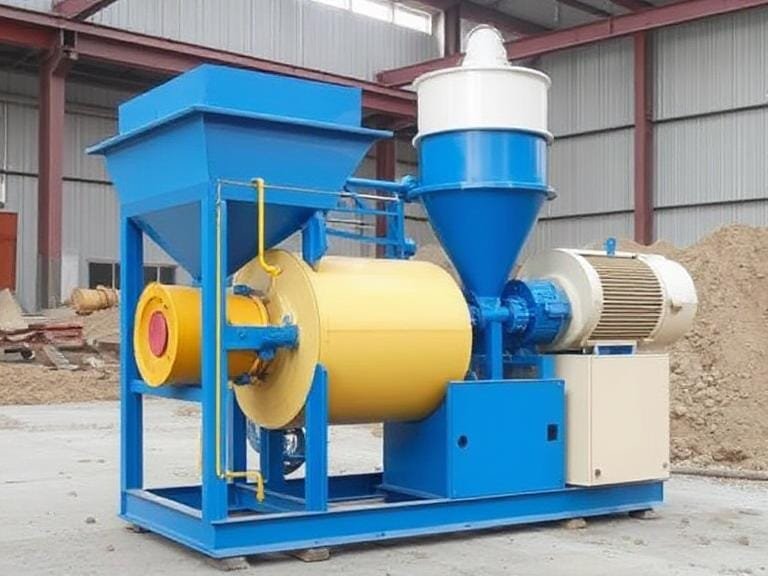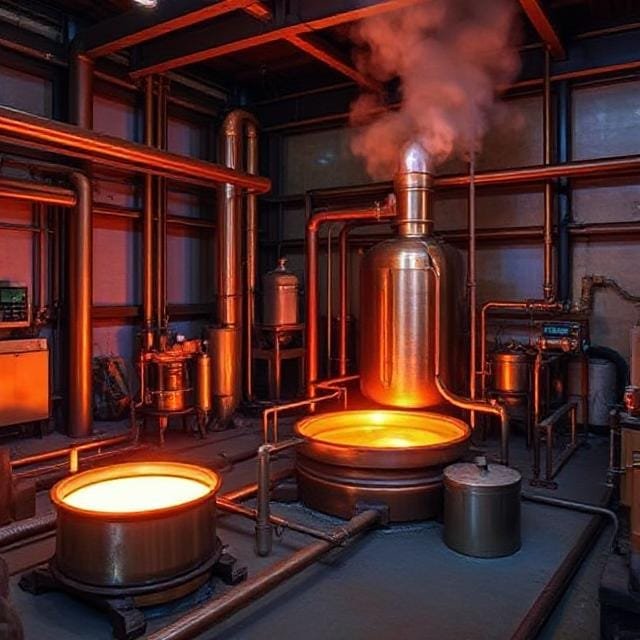What Are Hydrothermal Minerals? Formation, Types, and Industrial Significance
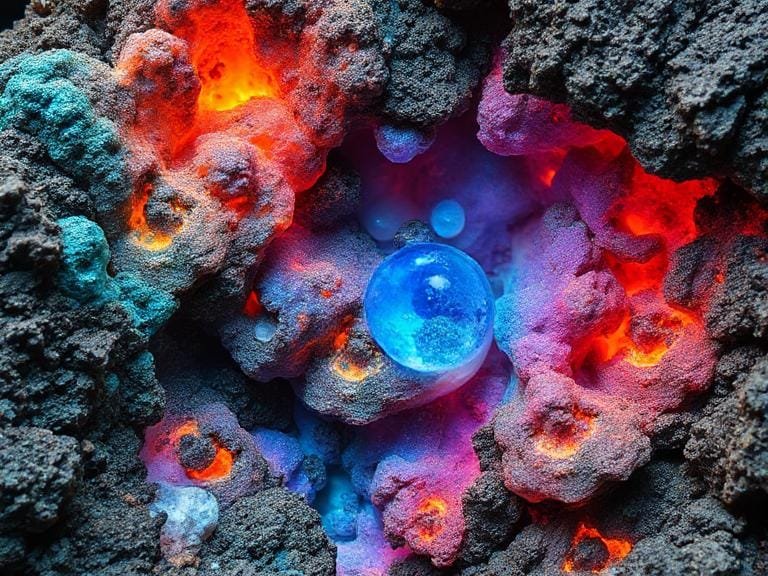
Table of Contents
- 1. Introduction to Hydrothermal Minerals
- 2. How Hydrothermal Minerals Form
- 3. Types of Hydrothermal Deposits
- 4. Common Hydrothermal Minerals and Their Properties
- 5. Industrial and Economic Importance
- 6. Role of ORO Mineral Co., Ltd in Hydrothermal Mineral Processing
- 7. Summary Table: Key Characteristics of Hydrothermal Minerals
- 8. FAQs
- 9. References
1. Introduction to Hydrothermal Minerals
Hydrothermal minerals are formed when hot, mineral-rich fluids move through pre-existing rocks, depositing minerals as the fluids cool or react chemically with their surroundings. This process often occurs in volcanic and geothermal environments, as well as in regions of tectonic activity.
These minerals are commonly associated with valuable ore deposits, including gold, silver, copper, lead, zinc, and tin. They are responsible for some of the most economically significant mining districts in the world.
2. How Hydrothermal Minerals Form
The process of hydrothermal mineral formation is both complex and fascinating. It involves the movement of heated aqueous solutions through cracks and voids within the Earth’s crust. As these fluids interact with rocks, chemical reactions occur that lead to the deposition of new minerals.
2.1 Stages of Hydrothermal Mineral Formation
- Source of Heat: Usually derived from magma bodies or geothermal systems that heat underground water.
- Circulation: Hot fluids move through fractures and faults in the rocks, dissolving minerals along their path.
- Deposition: As the fluids cool or encounter changes in pressure or chemistry, they precipitate minerals in veins or cavities.
2.2 Temperature and Pressure Conditions
Hydrothermal systems typically operate under moderate to high temperatures (between 50°C to over 500°C) and varying pressures. The composition of the fluid—often a mixture of water, gases, and dissolved metals—determines which minerals will form.
3. Types of Hydrothermal Deposits
Hydrothermal mineral deposits can be classified according to their temperature, depth, and host rock environment. Below are the primary types:
3.1 Epithermal Deposits
Formed near the Earth’s surface (50°C–200°C), these deposits are rich in precious metals such as gold, silver, and mercury.
- Host Rocks: Volcanic rocks
- Common Minerals: Quartz, calcite, adularia
- Examples: Comstock Lode (USA), Hishikari (Japan)
3.2 Mesothermal Deposits
Occurring at moderate depths and temperatures (200°C–400°C), these are typically associated with gold-quartz veins.
- Host Rocks: Metamorphic and igneous rocks
- Common Minerals: Pyrite, galena, sphalerite
3.3 Hypothermal Deposits
These form deep within the crust under high temperature and pressure conditions (>400°C). They are rich in tin, tungsten, and molybdenum.
- Host Rocks: Granite and metamorphic complexes
- Common Minerals: Cassiterite, wolframite, molybdenite
4. Common Hydrothermal Minerals and Their Properties
Hydrothermal minerals vary widely in composition and physical characteristics. Below are some of the most common and economically important examples:
4.1 Quartz (SiO₂)
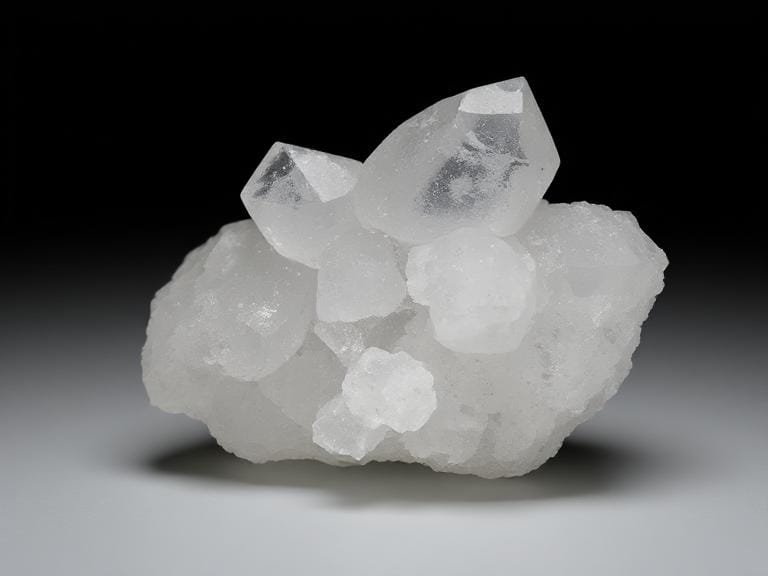
The most abundant hydrothermal mineral. It forms in all temperature ranges and serves as the primary gangue mineral in many ore veins.
4.2 Pyrite (FeS₂)
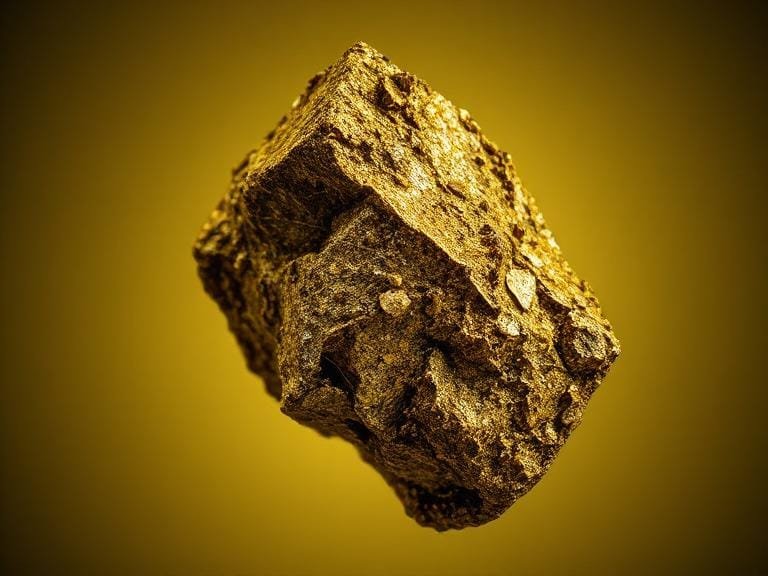
Known as “fool’s gold,” pyrite is a common sulfide mineral often found in association with gold and copper ores.
4.3 Chalcopyrite (CuFeS₂)
This is the main copper-bearing mineral in many hydrothermal systems. It is a key source of industrial copper.
4.4 Galena (PbS)
The principal ore of lead, often accompanied by silver in mesothermal deposits.
4.5 Sphalerite (ZnS)
The chief source of zinc, found in hydrothermal veins with galena and pyrite.
4.6 Cassiterite (SnO₂)
Common in high-temperature hydrothermal deposits and the main ore of tin.
4.7 Fluorite (CaF₂)
Forms in low-temperature hydrothermal veins and is used in metallurgy and optics.
5. Industrial and Economic Importance
Hydrothermal minerals are the backbone of many modern industries. They provide the raw materials for metallurgy, electronics, energy production, and construction.
5.1 Mining and Metallurgy
- Source of metals like copper, gold, silver, lead, and zinc.
- Used in steelmaking, electrical wiring, and battery production.
5.2 Environmental Applications
- Hydrothermal minerals like zeolites are used for water purification and gas absorption.
- They assist in waste recycling and pollution control.
5.3 Construction and Manufacturing
- Quartz and fluorite are used in glass, ceramics, and optics.
- Pyrite and chalcopyrite contribute to the chemical industry as sulfur sources.
6. Role of ORO Mineral Co., Ltd in Hydrothermal Mineral Processing
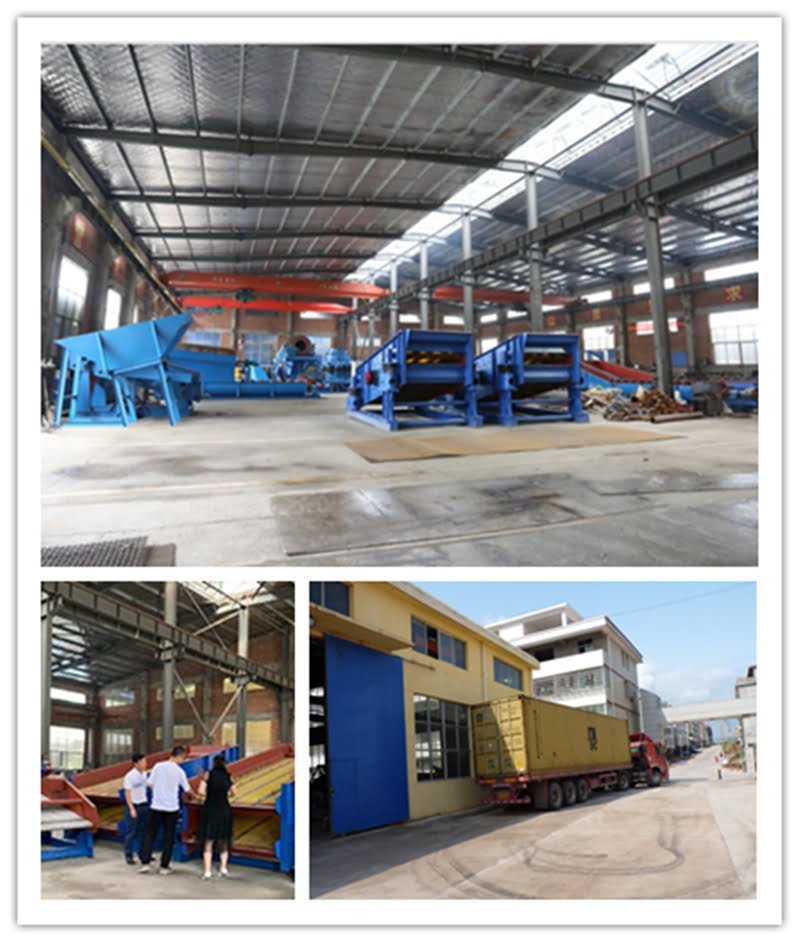
ORO Mineral Co., Ltd has established itself as a leader in the mineral processing industry since 2014. The company specializes in advanced mineral processing, screening, and sand washing equipment, making it a key player in the efficient extraction and refinement of hydrothermal minerals.
6.1 Company Overview
- Founded in 2014 with headquarters in China.
- Expertise in mineral screening, beneficiation, and solid waste recovery.
- Focus on innovation, R&D, and sustainability.
6.2 Core Products
- Sand Washing Machine 100 TPH Long Life: Ensures clean, high-quality sand for mineral recovery and construction.
- Gravity Spiral Concentrator: Ideal for separating minerals based on specific gravity differences.
- 1.1kW Belt Magnetic Separator: Efficiently removes magnetic impurities from ore streams.
- Eddy Current Separator Machine: Used for sorting non-ferrous metals from processed materials.
- Gravity Spiral Chute Separator: Excellent for concentrating fine-grained minerals with minimal environmental impact.
6.3 Technological Innovation and R&D
ORO Mineral Co., Ltd continually enhances its product designs with automation and intelligent control systems to improve separation efficiency. Their dedication to quality assurance, environmental protection, and customer service sets them apart in the global mineral equipment market.
7. Summary Table: Key Characteristics of Hydrothermal Minerals
| Mineral | Chemical Formula | Formation Temperature | Main Use |
|---|---|---|---|
| Quartz | SiO₂ | Low to High | Electronics, Glassmaking |
| Pyrite | FeS₂ | Medium to High | Sulfur source, Ore indicator |
| Chalcopyrite | CuFeS₂ | Medium | Copper production |
| Galena | PbS | Medium | Lead and Silver extraction |
| Sphalerite | ZnS | Medium | Zinc smelting |
| Cassiterite | SnO₂ | High | Tin refining |
| Fluorite | CaF₂ | Low | Optics, Metallurgy |
8. FAQs
Q1: What are hydrothermal minerals used for?
They are used in industries ranging from metallurgy and electronics to construction and environmental engineering.
Q2: How do hydrothermal minerals differ from magmatic minerals?
Hydrothermal minerals form from fluid activity, while magmatic minerals crystallize directly from molten rock.
Q3: Can hydrothermal minerals form valuable ore deposits?
Yes. Many gold, copper, and lead-zinc deposits are hydrothermal in origin, making them economically vital.
Q4: What role does ORO Mineral Co., Ltd play in the industry?
They provide advanced mineral processing equipment that enables efficient extraction, separation, and recycling of hydrothermal minerals.
Q5: What makes hydrothermal deposits environmentally significant?
They can act as natural filters and also provide a sustainable source for critical raw materials when mined responsibly.

